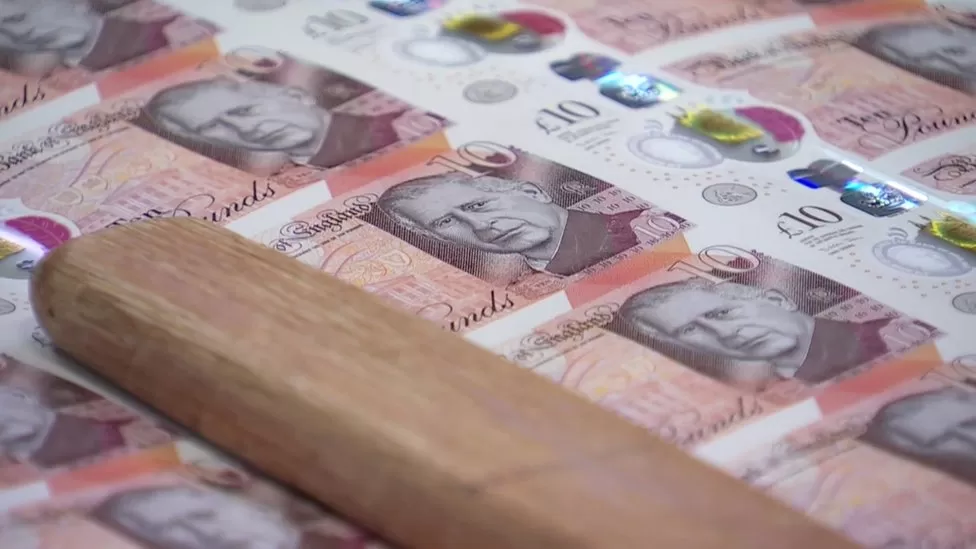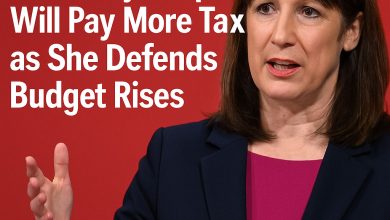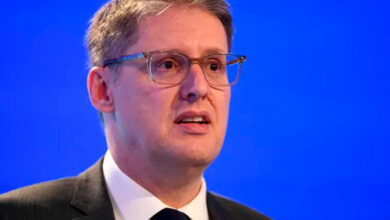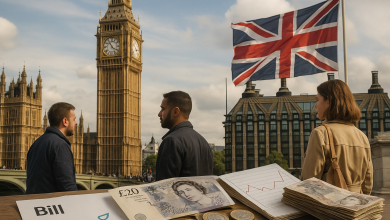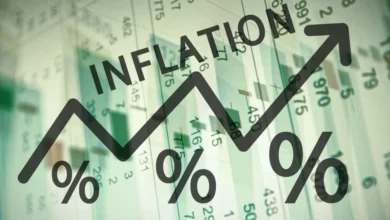Although millions of brand-new banknotes with the picture of King Charles are now being manufactured, they won’t be put into circulation until the middle of the year after this one.
The highly protected location where banknotes are printed for the Bank of England has been opened up solely for the use of the BBC, which has been granted access to the facility.
The only modification that will be made to the existing designs of the £5, £10, £20, and £50 notes is a portrait of the King, and new notes will replace previous ones that have been damaged or worn.
However, electronic devices like self-service tills need to be updated so that they can detect the new picture.
According to the chief cashier of the Bank of England, because this procedure involves a rather considerable build-up, the notes won’t be released until the middle of 2024. This is several months after the 50p pieces with the King’s picture were placed into circulation.
“There is a lot of work to be done to ensure that machines used all over the country can accept the banknotes,” said Sarah John, whose job requires her signature to appear on the banknotes.
“Each one of them needs to have new software installed in order to recognise the new design, which is a process that takes many months to complete.”
In the event that this does not occur, we will be forced to issue a banknote that the general public will be unable to utilise.
The portraits of Sir Winston Churchill, Jane Austen, JMW Turner, and Alan Turing, who appear in ascending sequence on the back side of the polymer banknotes now in circulation from the Bank of England, will not be modified.
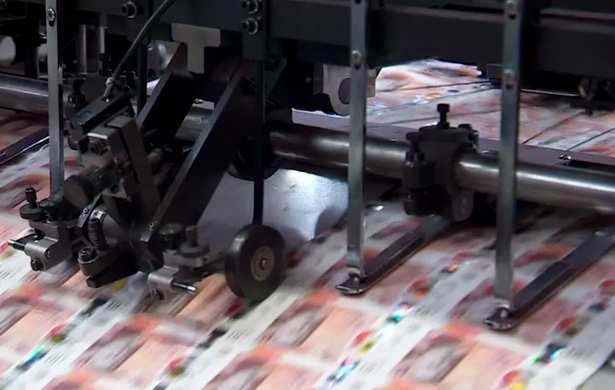
Even after the new notes are put into circulation, customers will still be able to pay using the Queen Elizabeth banknotes that are presently in circulation. There are around 4.7 billion of these notes, and their combined value is £82 billion. They won’t be replaced by the King Charles notes unless and until they become unusable or if there is a significant increase in demand for them.
In order to reduce the negative effects that the changeover will have on the environment and the royal household’s finances, the Royal Household has issued instructions that encourages such a shift rather than a complete switch.
Despite this, on the day when the BBC visited the manufacturing site – a complex with the appearance of a jail due to its high level of security and the fact that it was ringed by barbed wire – around six million new notes were being produced in a period of twenty-four hours.
These are bundled together in a “sausage” of 5,000 notes; individually, each of these bills might pay off a number of mortgages, but instead, they will be used for day-to-day transactions across the economy of the UK. However, as a result of inflation, the purchasing power of certain banknotes has significantly decreased.

